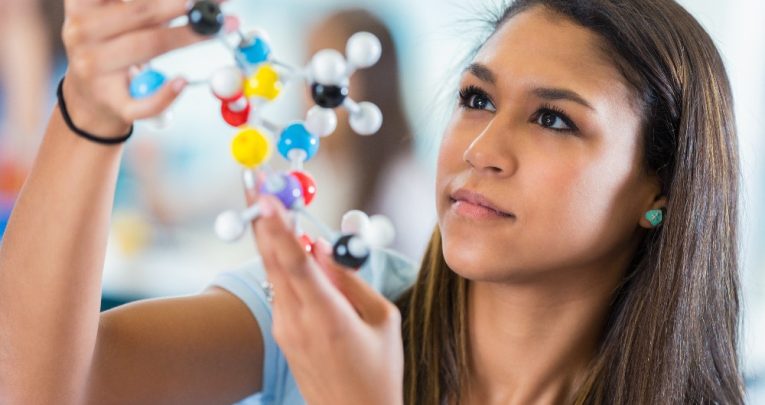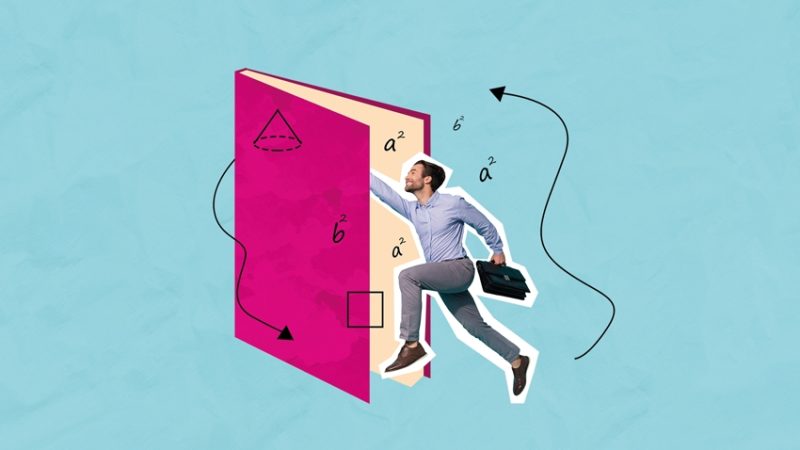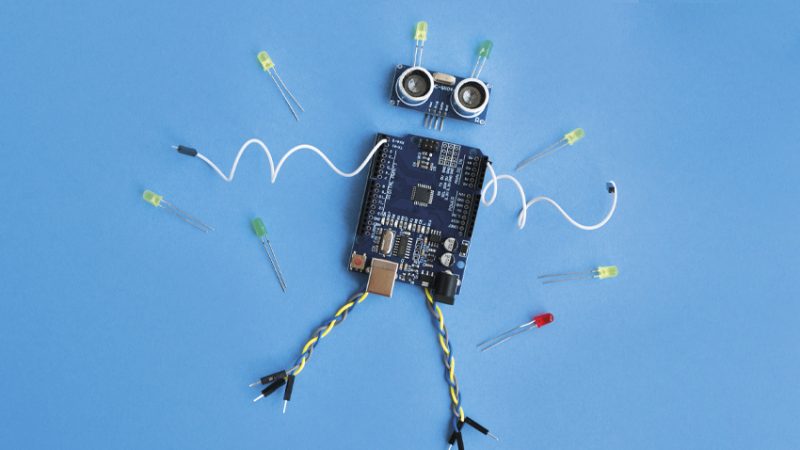STEM – Girls don’t need special, gendered initiatives to get inspired about STEM

Stop underestimating young people, argues Becky Parker

Why do we always underestimate the potential of young people? Students are capable of such extraordinary things, and yet we consistently misjudge them. This is especially true when it comes to girls in STEM subjects.
There has been a massive drive for initiatives focused on getting female pupils into these subjects in recent years, but realistically, they just want to be part of the action. Girls don’t need to be given confidence through specialist programmes – they just need to be inspired by doing it!
For example, I had a girl in one of my sixth form groups named Chantal, who was mainly interested in business, but also took maths and physics. I remember taking her to the STFC London event on the occasion of the launch of the Large Hadron Collider (LHC) and she got involved in the project we did using CERN detector data.
Following this, she was inspired and developed such confidence that she eventually became the first in her family to go to university. She went to Surrey to study physics. Several years and a First Class degree later, she now has a PhD and is working on nuclear fusion at Culham.
An amazing thing that happens with students who get so involved with the scientific community is that they start giving back, too.
While studying for her PhD, Chantal set up the idea of ‘science parties’ for young children, so that instead of a clown or an entertainer, children would be treated to a demonstration of science experiments, promoting that enthusiasm to the next generation.
By having the chance to do something real with science she has seen that she can work on problems where she can make a real difference.
Capable of contributing
By letting students work with the data available, we’re getting that enthusiasm in early, showing them that they are entirely capable.
We had another girl who did an amazing project on Dark Matter, and her mother told us that she’d gone to a university open day and had spoken just like a physicist.
The reality is, she already is a physicist, and has written publishable work on dark matter – she has the confidence, we just need to give her the space to use it.
There are so many fantastic opportunities for students – regardless of gender – to get involved in real science, putting these young people at the cutting edge of the field.
At school we may give the impression in the curriculum that science is all sewn up, and that there’s no part they can play in it. They need to learn material, of course, but they can contribute, too – and we find that this makes a difference to their view of careers and futures in science.
Just recently for example at the CERN@school symposium we once again bucked the trend with the number of female presenters presenting their work having used data or the CERN Timepix detector itself.
So much to offer
People tell me “Oh, you’re getting students to be like scientists!” and my response is always, “There’s nothing like about it, they are scientists!” It’s about letting a whole generation of younger people contribute at the cutting edge.
We want students to be active generators, rather than passive consumers. Generators of questions and innovation. They need to know things, and they need their STEM education, but equally, we need to allow them to flourish themselves.
Students just want to contribute and be a part of the action. I think girls in particular feel that if they can contribute, then they do have a role to play. And of course, they can do lots to contribute to science, because they have so much to offer, and don’t need to be daunted.
We need to encourage ownership in science, giving students the opportunity to identify and decide what areas they find interesting and then get them involved in a real scientific challenge.
The results are incredible. Recently, we found that in the schools we’ve been working with, there has been a 200 per cent increase in the number of girls applying and accepting places for engineering at university, and there has been a 60-130 per cent increase in the number of students taking STEM subjects at A-Level.
We need to stop being so prescriptive in the ways in which we teach science and STEM subjects as a whole. There’s a huge world out there waiting to be explored and needing the help of the next generation of young people.
A past director of ESA said in response to this approach that the greatest resource we have is the “brains of our children”, so why not release that potential? By allowing contributions by young people in our classrooms today we can develop their passions and release their potential in a way that allows them to have a role in their future.
We have seen this makes a real difference to all students – and by the way, it inspires their teachers, too.
Professor Becky Parker is a teacher, physics lecturer, and founder of the Institute for Research in Schools.











